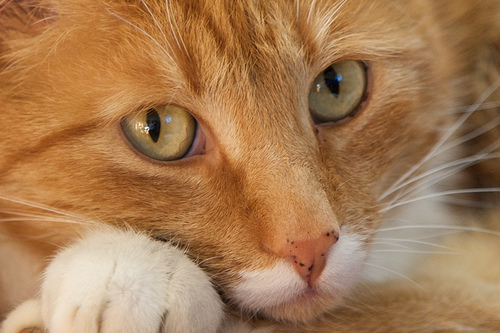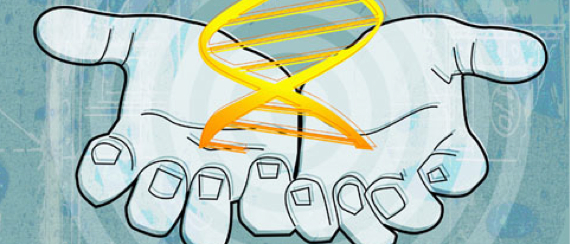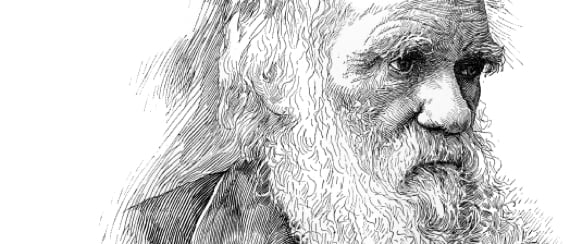
The article “The Evolution of House Cats” is a perfect example of natural selection in action and the usefulness of evolution in the scientific world. By comparing the DNA from 979 different wild and domesticated cats, scientists were able to highlight five unique genetic clusters. Only one cluster, which originated from the Middle East, contained modern domesticated cats. This genetic discovery, along with new archaeological evidence, shows that cats were first domesticated over 10,000 years ago in the Fertile Crescent and not 3,000 years ago in Ancient Egypt as many previously thought.
Cats were most likely drawn to human communities by the food scraps in trash heaps as well as the advent of another species — house mice. Humans most likely kept the cats as pets for both their ability to combat these pests as well as their endearing facial features rather than for a specific role as they did for dogs and other domesticated animals.
To read the full article, head to Scientific American‘s website or pick up their June 2009 issue. BioLogos will have more on natural selection and the diversity of life as we continue to improve and update our Questions.

